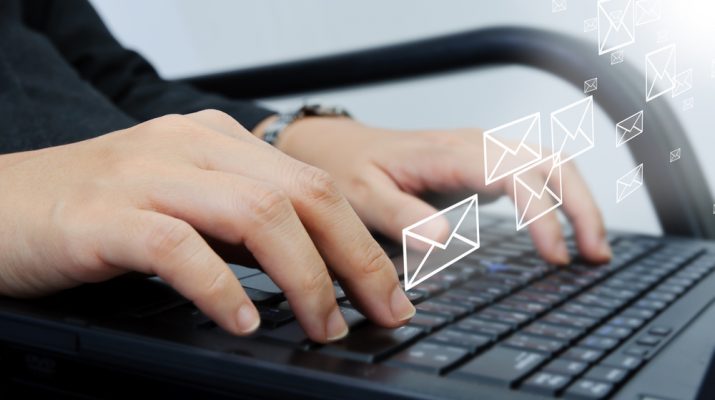You’ve worked to make your email clear, and you’ve carefully edited to streamline your writing.
The body of your email might well be perfect, but it can all go awry if you use the wrong sign-off.
It’s just a word or a short phrase, followed by your signature, and yet finding the right tone to close your email often requires a surprising amount of thought and finesse.
How should I end an email?
When you’re struggling with how to end an email, it’s best to consider the context, Karen Hertzberg .
What works for a friend or close colleague won’t work in a strictly professional correspondence with a distant acquaintance or someone you’ve never met before.
Most common email sign-offs
There are nine nine Email Sign-offs that Never Fail. To avoid missing an oppoerunity to hear back from the receiver of your mail just because of sign-oof, it is wise to consinder the following.
Formal Business
- Regards – Yes, it’s a bit stodgy, but it works in professional emails precisely because there’s nothing unexpected or remarkable about it.
- Sincerely – Are you writing a cover letter? Sincerely conveys the right tone for formal correspondence. Keep in mind that it’s likely to come off as stuffy in more casual business emails.
- Best wishes – A good blend of friendliness and formality makes this sign-off a safe bet, but be aware of its greeting-card vibe and use it only when it fits well with the tone of your email.
Friendly Business
- Cheers – A recent study by the email app Boomerang rated cheers as the most likely sign-off (that isn’t a thank-you) to get an email response. It works well if your email is friendly and conversational but, unless you’re actually British or Australian, it may come off as affected in more formal settings. Cheers, mate!
- Best – Best conveys best wishes in a cheerful, pithy way. If you get a lot of email, you know that nearly everyone uses this sign-off. That familiarity makes it seamless in the same way that regards is seamless in more formal emails. The downside is that it can be safe and dull, especially if you want your message to be dynamic and attention-getting.
- As ever – This is a fine choice for people you’ve built an ongoing working relationship with. It reassures your contact that things are as good between you as they’ve ever been.
Gratitude and Requests
- Thanks in advance – According to the Boomerang study, emails that include thanks in advance have the highest response rate. Maybe it’s because this sign-off expresses gratitude but also sets an expectation—you’re saying that you’ll be grateful when (not if) the person you’re emailing comes through. In more formal circumstances, thanking someone in advance may come across as too demanding, so take care where you use it.
- Thanks – A simple thanks is also a solid choice when you want to express gratitude. But, just like thanks in advance, it can convey a tone of expectancy. Save it for when you actually mean to imply, “I expect you to do this.”
- I appreciate your [help, input, feedback, etc.] – There’s never really a wrong time to express appreciation when someone has helped you out.

